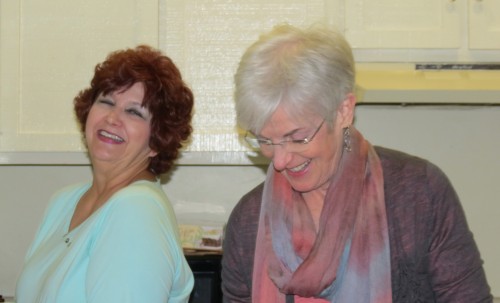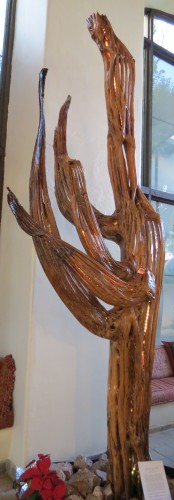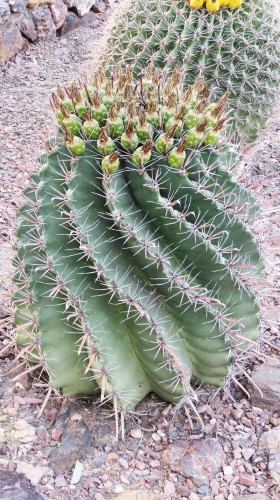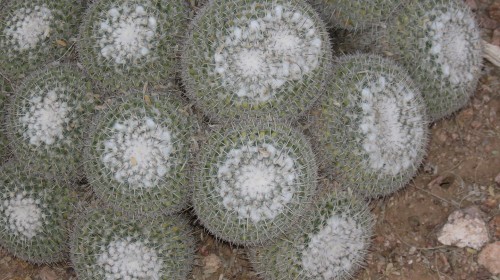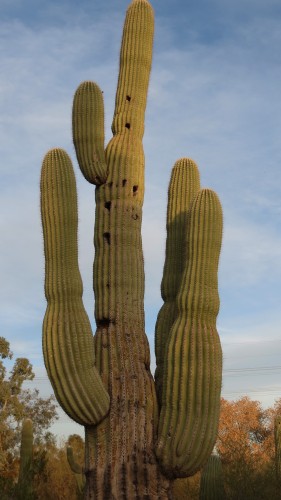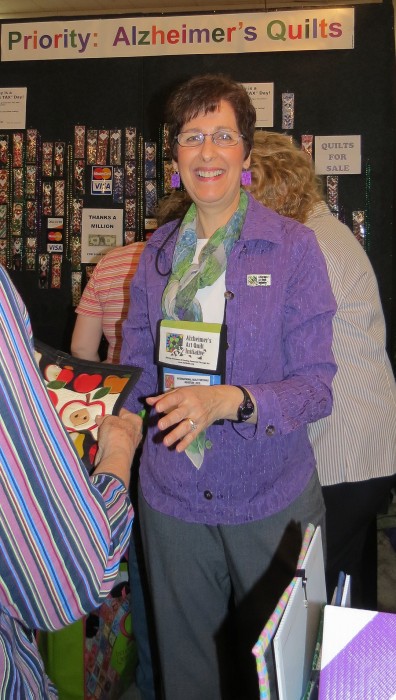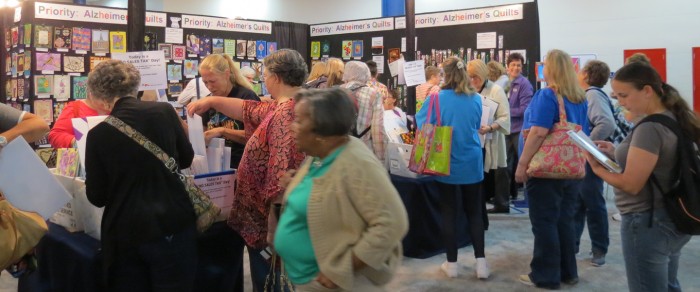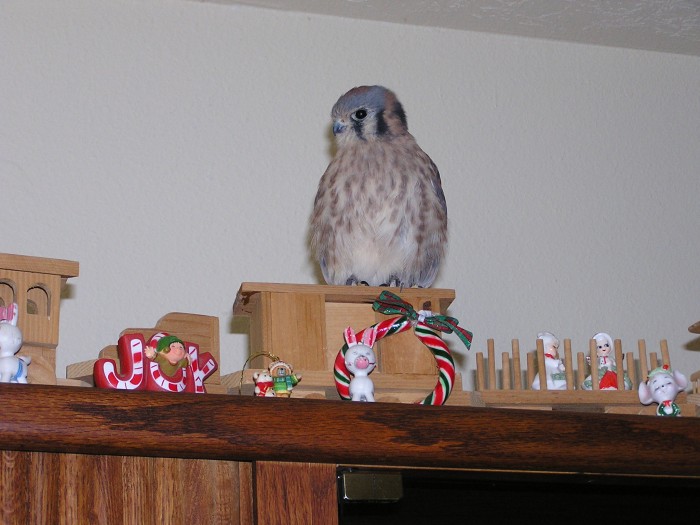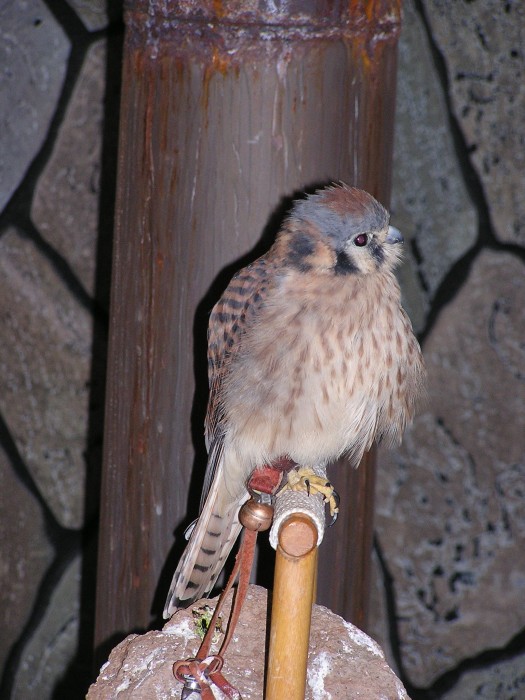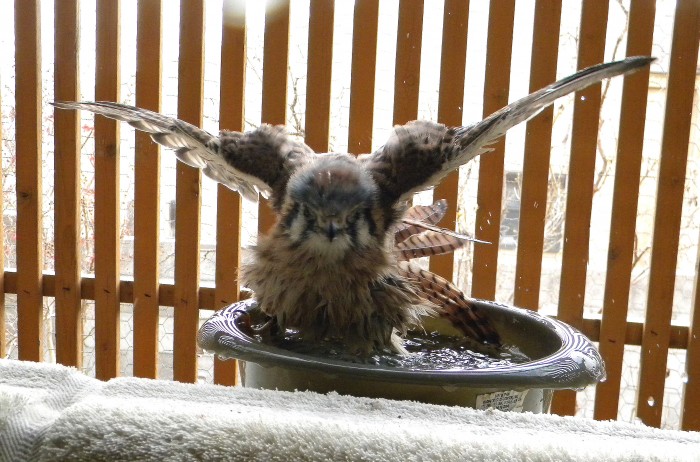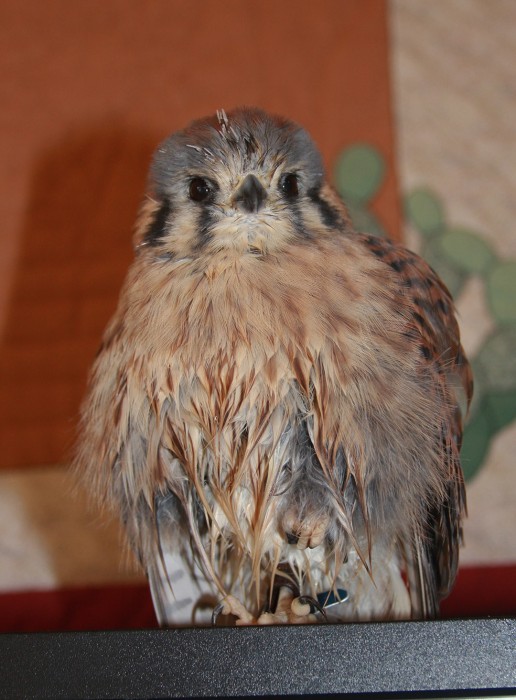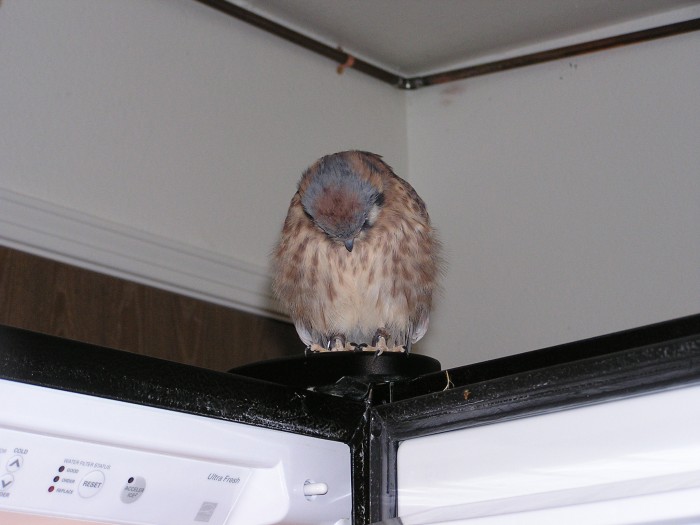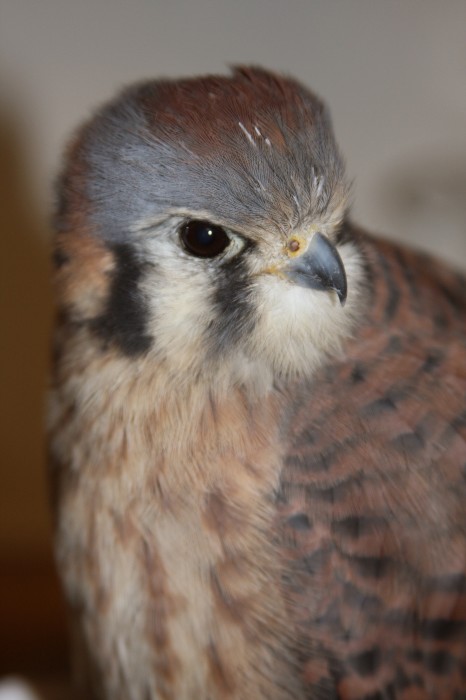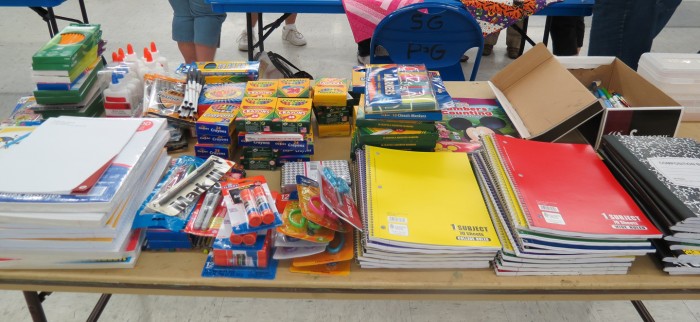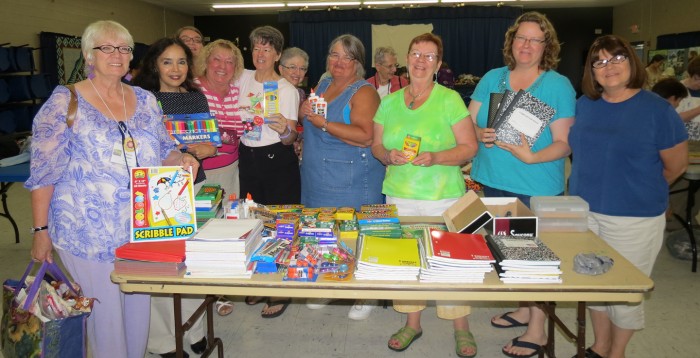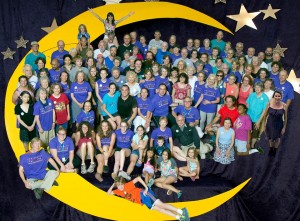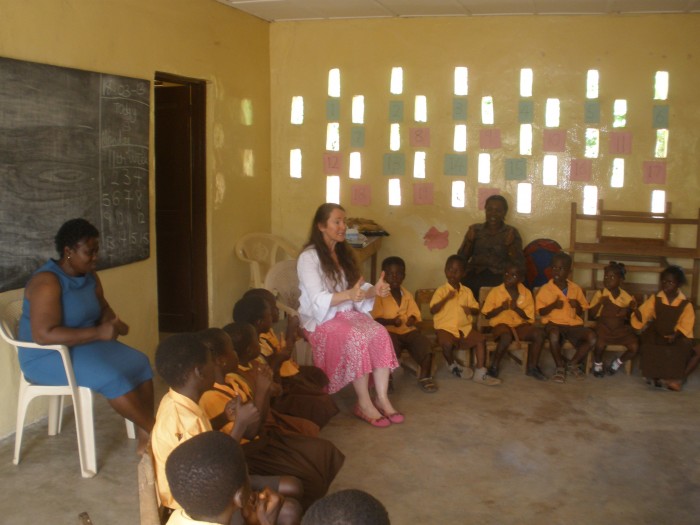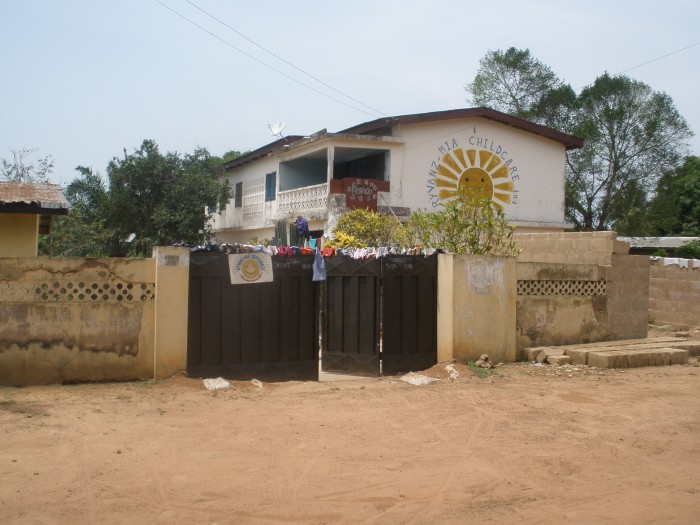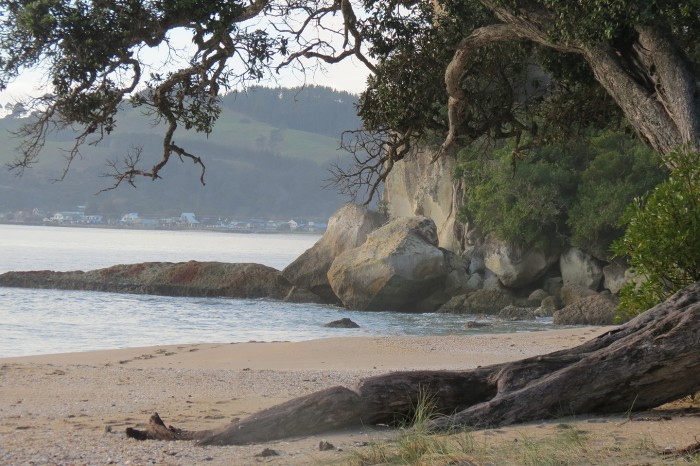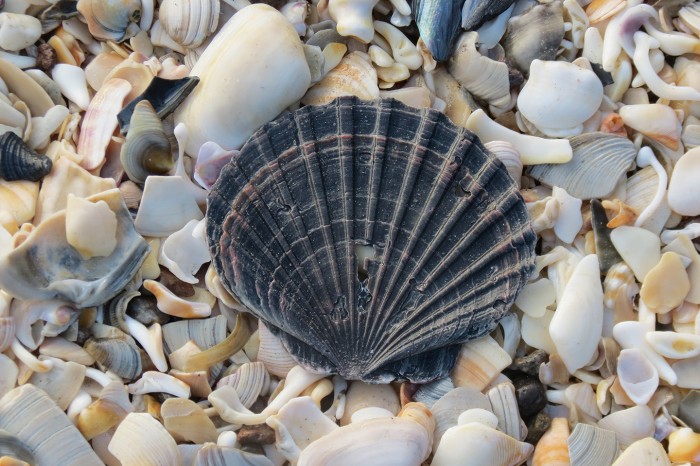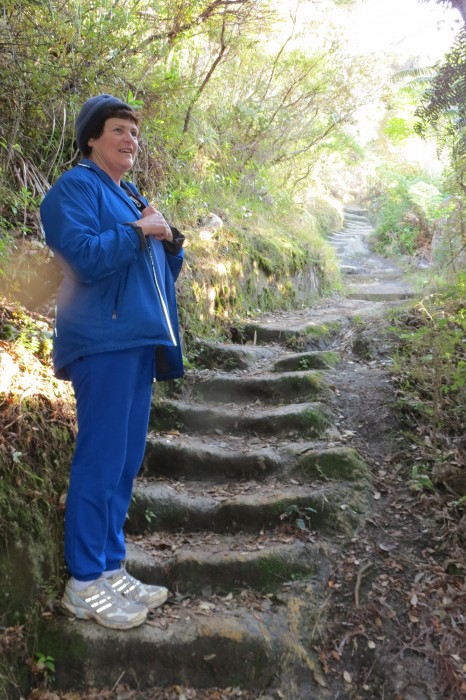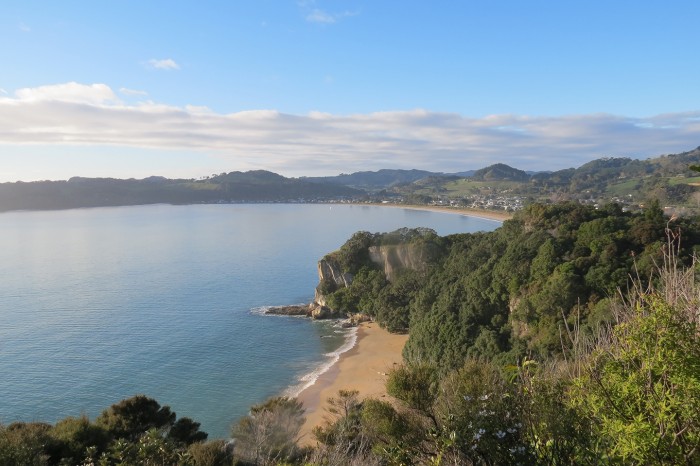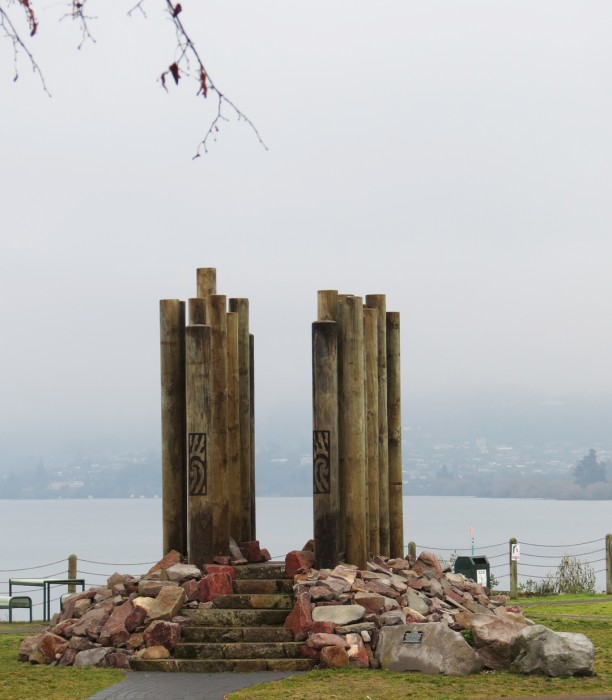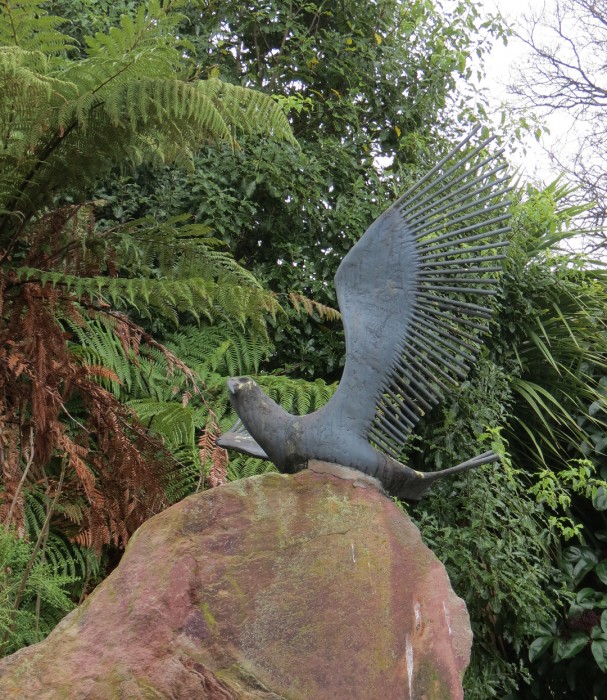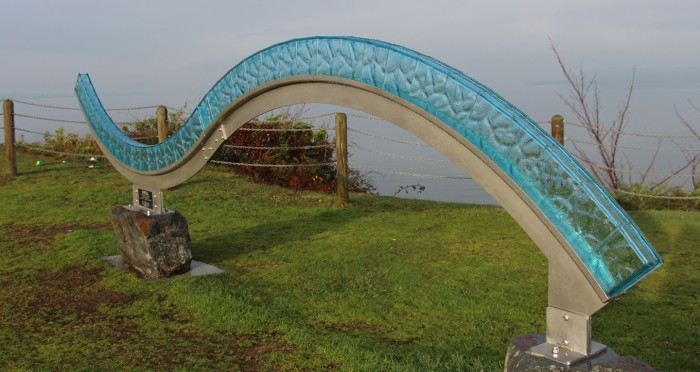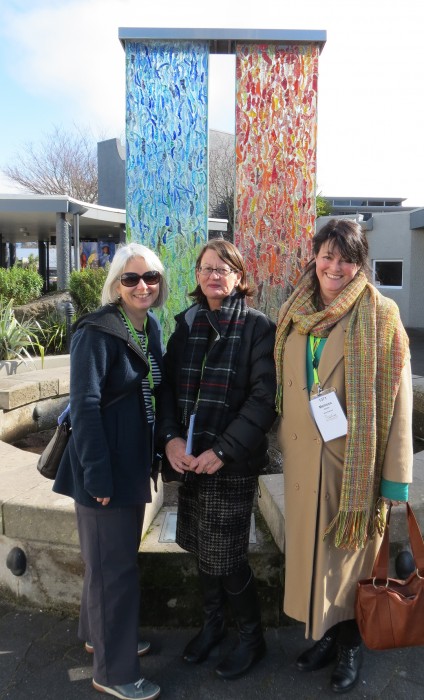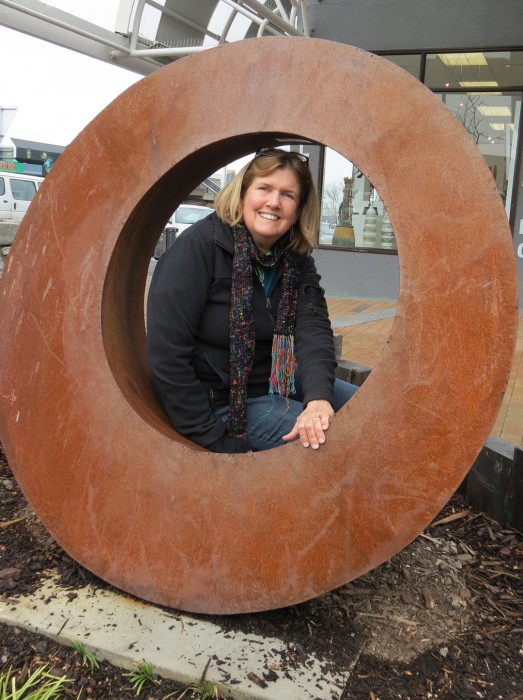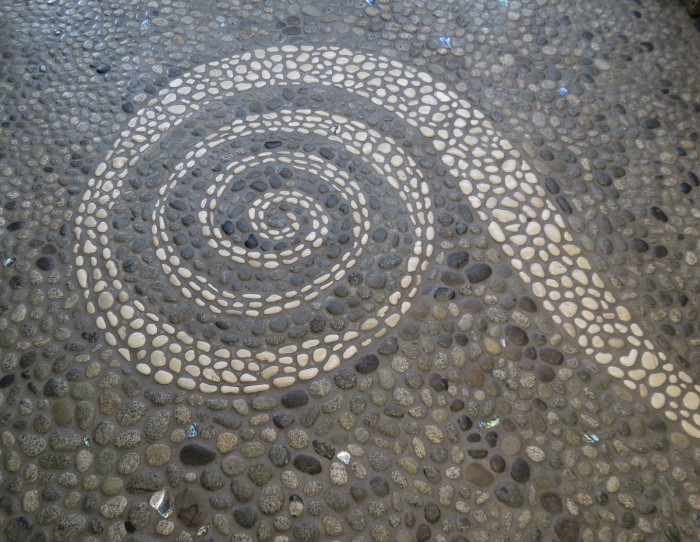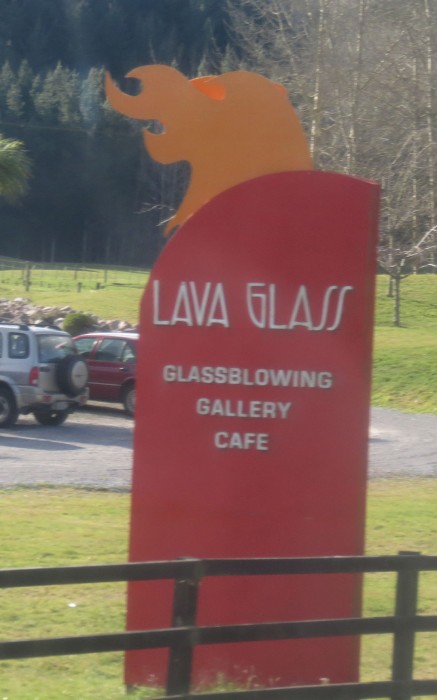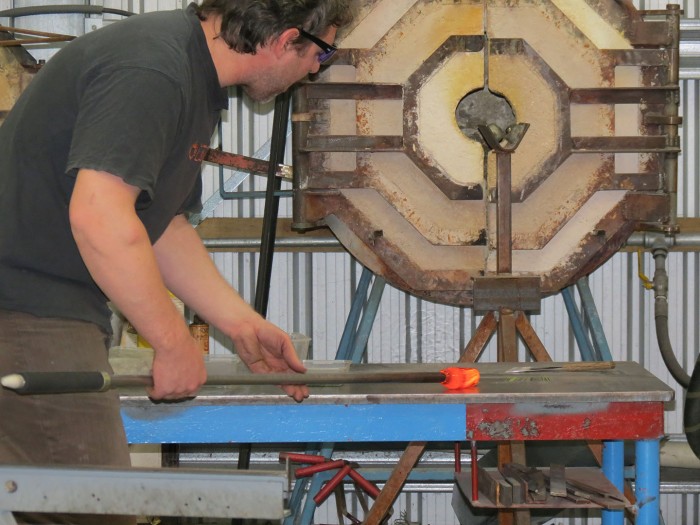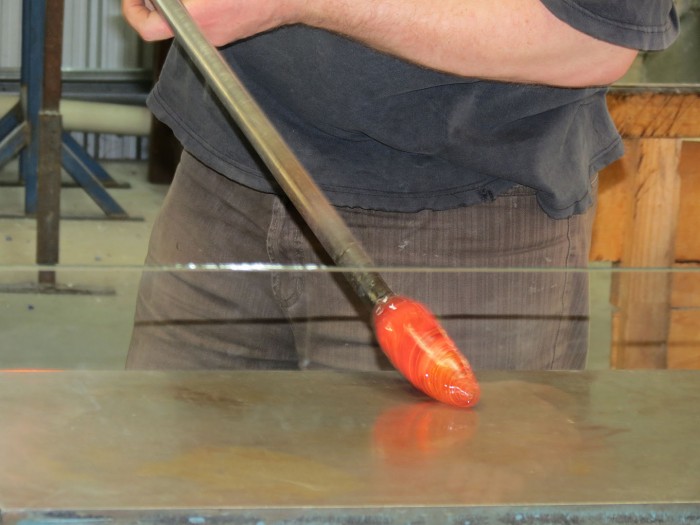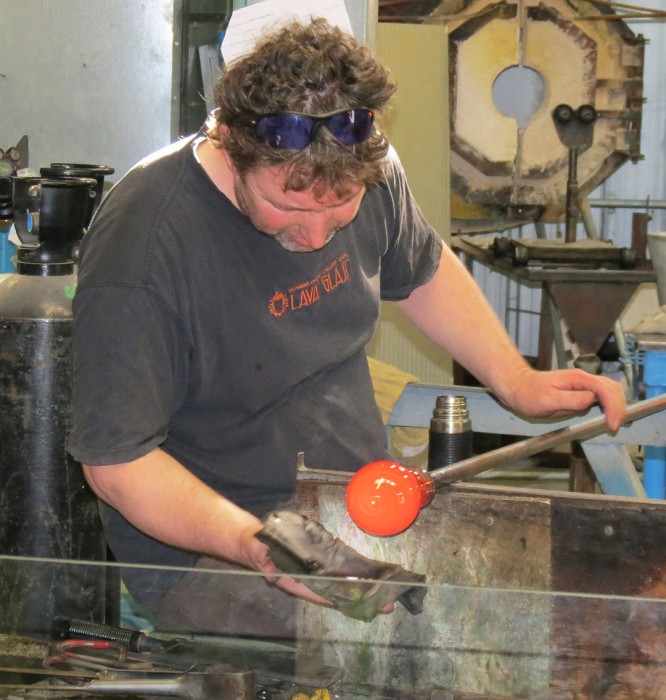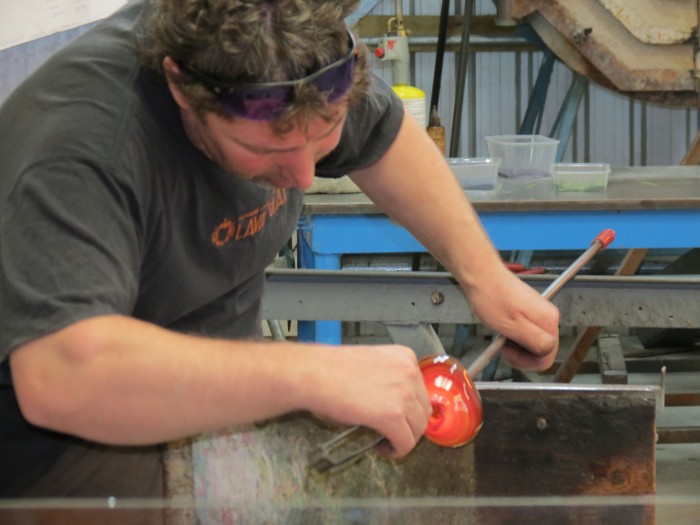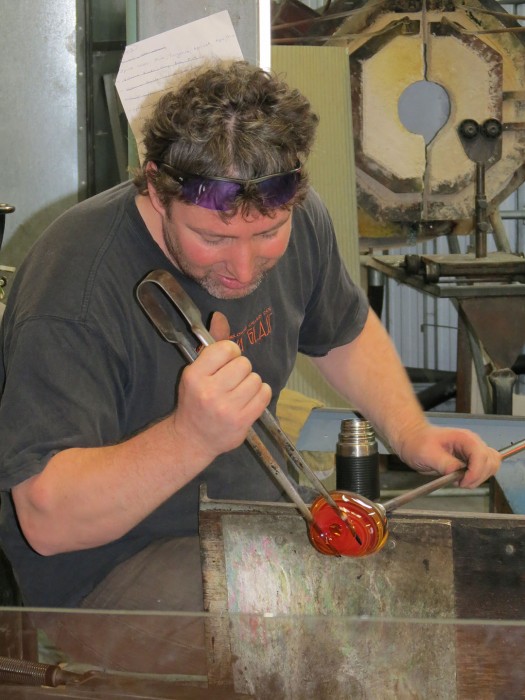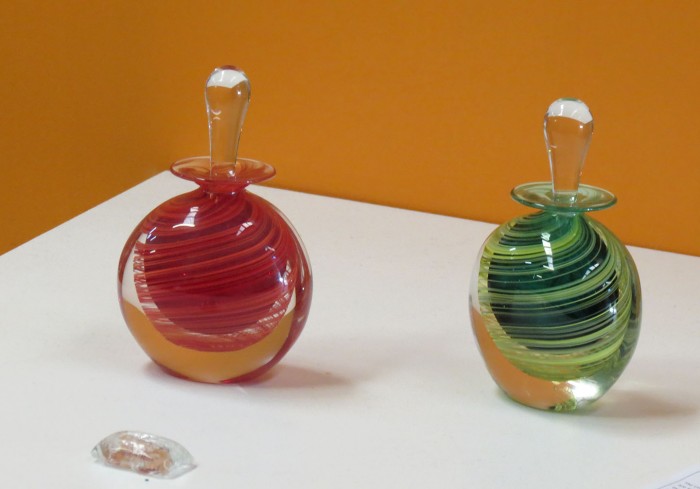Quilting in the Desert – After Hours
February 9th, 2014
A lot of what happens at a quilt event like Quilting in the Desert, happens after class has ended. At this event, it began to get exciting before I even arrived. I had been following the exploits of former student, Gale Wrigley as she drove west, leaving her home in Florida for four months of travel. She ran into road blocks in Texas that slooooowed her down, and for a while she worried that she might not ever move beyond those expansive borders. So, I commented a time or two and we began a friendly repartee about her travels. However, not for a minute did it occur to me that Gale was en route to Scottsdale to take my class! What a treat!
It was just like the reunion of two longtime friends, a natural and comfortable fit! So, we hung out together, walking across the street for lunch with her friend, Dolores Roseveare. They had reserved a suite with a full kitchen. And, they invited me to dinner along with fellow teacher, Louise Smith.
I showed up at the appointed time to find Dolores and Gale in the midst of dinner preparations, with wine already set out – both red and white, which we drank in plastic hotel room cups.
A lovely Greek feast with couscous, feta, olives and veggies, along with a tasty salad of beets and greens hit the spot. But the best part was the companionship as we lounged on their tiny patio renewing our friendship and getting to know Dolores and Louisa. The next afternoon we headed off to the Desert Botanical Garden to view the Chihuly exhibit, but there was much to see at the gardens in addition to the glass exhibit.
I’ve always been intrigued by the massive saguaro cacti which grow only in the Sonoran desert. They grow slowly and must reach ~50 years of age before they even begin to sprout arm buds. A saturated saguaro can hold up to 200 gallons of water! But, what I didn’t know was that
when the cactus dies, it leaves behind a sturdy wooden skeleton, much like the trunk of a tree. My first exposure to this aspect happened when I checking in at the Cottonwoods Resort . . .
where a fully varnished saguaro skeleton graced the lobby of the hotel. It was for sale too, for ~$4500. However, as much fun as it was to see this masterpiece, I was not even tempted — it was taller than the ceilings in my modest home.
I hope to be able to return to Phoenix sometime soon so I can take my time and take in the full majesty of the Desert Botanical Gardens a celebration of all things Sonoran, including
and
In fact, I’ve never seen such an amazing display of the various cacti! But my favorite remains, the giant saguaro.
Bye Phoenix. Bye Gale. ‘Til next time!


